Ways to Create Shade in Your Garden
Creating shade in your garden is not just about finding a cool spot to escape the heat; it's also about enhancing the overall health and aesthetics of your outdoor space. Imagine stepping into your garden on a hot summer day and being greeted by a refreshing, cool breeze beneath a lush canopy of leaves. This article explores various techniques and ideas for creating shade in your garden, enhancing comfort, and promoting plant health during hot weather. Whether you're dealing with intense sunlight or just want to create a cozy nook for relaxation, these strategies will help you transform your garden into a shaded sanctuary.
Utilizing trees and shrubs is an effective way to create natural shade. Not only do these plants provide relief from the sun, but they also contribute to the ecological balance of your garden. When selecting trees, consider their size, growth rate, and the amount of shade they provide. For instance, deciduous trees like maples and oaks are perfect for summer shade, as they provide a dense canopy, while allowing sunlight to filter through during the winter months when they shed their leaves.
Additionally, shrubs can be strategically placed around seating areas or pathways to create pockets of shade. Some excellent options for shrubs include:
- Hydrangeas - These beautiful flowering shrubs thrive in partial shade and add a pop of color.
- Azaleas - Known for their vibrant blooms, azaleas prefer shaded areas and can create a stunning backdrop.
- Boxwoods - Perfect for creating structured hedges, boxwoods can also provide shade and privacy.
Building shade structures can offer immediate relief from the sun and dramatically enhance your outdoor living space. From elegant pergolas to cozy gazebos, there are numerous designs to consider. Pergolas, for instance, can be adorned with climbing plants such as wisteria or grapevines, creating a natural roof that provides both shade and beauty. Gazebos, on the other hand, offer a more enclosed space, perfect for family gatherings or quiet retreats.
Selecting durable materials is crucial for longevity when constructing shade structures. The right choice can withstand harsh weather conditions and minimize maintenance. Common materials for shade structures include:
| Material | Pros | Cons |
|---|---|---|
| Wood | Natural look, customizable | Requires maintenance, susceptible to rot |
| Metal | Durable, low maintenance | Can be hot in the sun, limited designs |
| Fabric | Lightweight, various colors | May fade, requires replacement |
Exploring the pros and cons of wood and metal structures helps you make informed decisions based on aesthetics, maintenance, and cost. Wood offers a rustic charm that blends beautifully with nature, but it often requires regular maintenance to prevent decay. On the other hand, metal structures are incredibly durable and can withstand the elements, but they may lack the warmth that wood provides.
Various fabric choices can be used for shade sails and canopies. When selecting fabric, look for options that offer UV protection and durability. Some popular choices include:
- Polyester - Affordable and available in various colors, but may fade over time.
- Canvas - Heavy-duty and resistant to wear, making it ideal for long-term use.
- Mesh - Allows air to flow while blocking harmful UV rays, perfect for hot climates.
Creative design ideas can elevate the aesthetic of your garden. Consider incorporating unique elements such as hanging lights, climbing plants, or even outdoor furniture that complements your shade structures. By blending functionality with creativity, you can create a stunning outdoor space that invites relaxation and enjoyment.
Certain plants thrive in shaded areas, providing both beauty and functionality. Incorporating shade-loving plants can enhance your garden's appeal while ensuring that every corner remains vibrant. Popular shade-loving plants include:
Incorporating flowering plants can add color and vibrancy to shaded areas. Some beautiful options that flourish in low-light conditions are:
- Astilbe - Known for its feathery plumes, astilbe thrives in moist, shady spots.
- Hostas - With their lush foliage, hostas come in various colors and sizes, making them a versatile choice.
- Bleeding Heart - This stunning plant features heart-shaped flowers that dangle from arching stems, perfect for adding charm.
Foliage plants contribute texture and interest to shaded areas. Varieties like ferns, heucheras, and Japanese forest grass can create a lush, green tapestry that enhances the overall beauty of your garden. These plants not only thrive in low light but also help to create a serene atmosphere, making your garden a peaceful retreat.
Q: What are the best trees for providing shade in a small garden?
A: Consider smaller trees like Japanese maples or crab apples that provide ample shade without overwhelming the space.
Q: How can I maintain my shade structures?
A: Regularly check for signs of wear, clean surfaces, and apply protective coatings as needed to ensure longevity.
Q: Are there any shade plants that attract pollinators?
A: Yes! Plants like foxgloves and bleeding hearts not only thrive in shade but also attract bees and butterflies.

Natural Shade Solutions
When it comes to creating a comfortable oasis in your garden, are often the most appealing and effective. Utilizing trees and shrubs not only provides relief from the scorching sun but also enhances the overall aesthetics of your outdoor space. Imagine sipping your morning coffee under the gentle rustle of leaves, feeling the cool breeze as you enjoy your garden sanctuary. So, which plants should you consider for optimal shade? Let's dive into some of the best options!
First on the list are deciduous trees. These beauties provide ample shade during the warmer months and allow sunlight to filter through during the winter, creating a dynamic environment throughout the year. Some excellent choices include:
- Red Maple - Known for its stunning fall colors and broad canopy.
- Oak Trees - These giants offer extensive shade and are a habitat for various wildlife.
- Birch Trees - With their striking white bark, they add a unique touch to any garden.
Next, let’s talk about shrubs. They can be strategically placed to create pockets of shade or to shield specific areas from direct sunlight. Some excellent options include:
- Hydrangeas - These flowering shrubs not only provide shade but also burst with color.
- Boxwood - Ideal for creating low hedges that can block harsh sunlight.
- Azaleas - These vibrant bloomers thrive in partial shade and can brighten up any dull corner.
When planning your garden layout, consider the placement of these plants carefully. Positioning taller trees on the western side of your garden can help block the intense afternoon sun, while shorter shrubs can be used to create shaded areas for seating or relaxing. Additionally, layering your plants can create a more natural look, mimicking the way forests grow. For instance, place taller trees at the back, medium-sized shrubs in the middle, and low-growing plants at the front. This not only maximizes shade but also adds depth and dimension to your garden.
Moreover, don’t forget about the benefits of companion planting. Some plants thrive in the shade of others, allowing you to create a diverse ecosystem in your garden. For example, planting ferns under your trees can help maintain moisture levels in the soil while adding a lush, green backdrop. Similarly, consider incorporating shade-tolerant vegetables like lettuce and spinach to make the most of your shaded areas.
In conclusion, embracing natural shade solutions can transform your garden into a cool and inviting retreat. By carefully selecting the right trees and shrubs and planning their placement, you can enjoy a beautiful, shaded landscape that enhances both comfort and plant health. So, why not start planting today? Your garden will thank you!
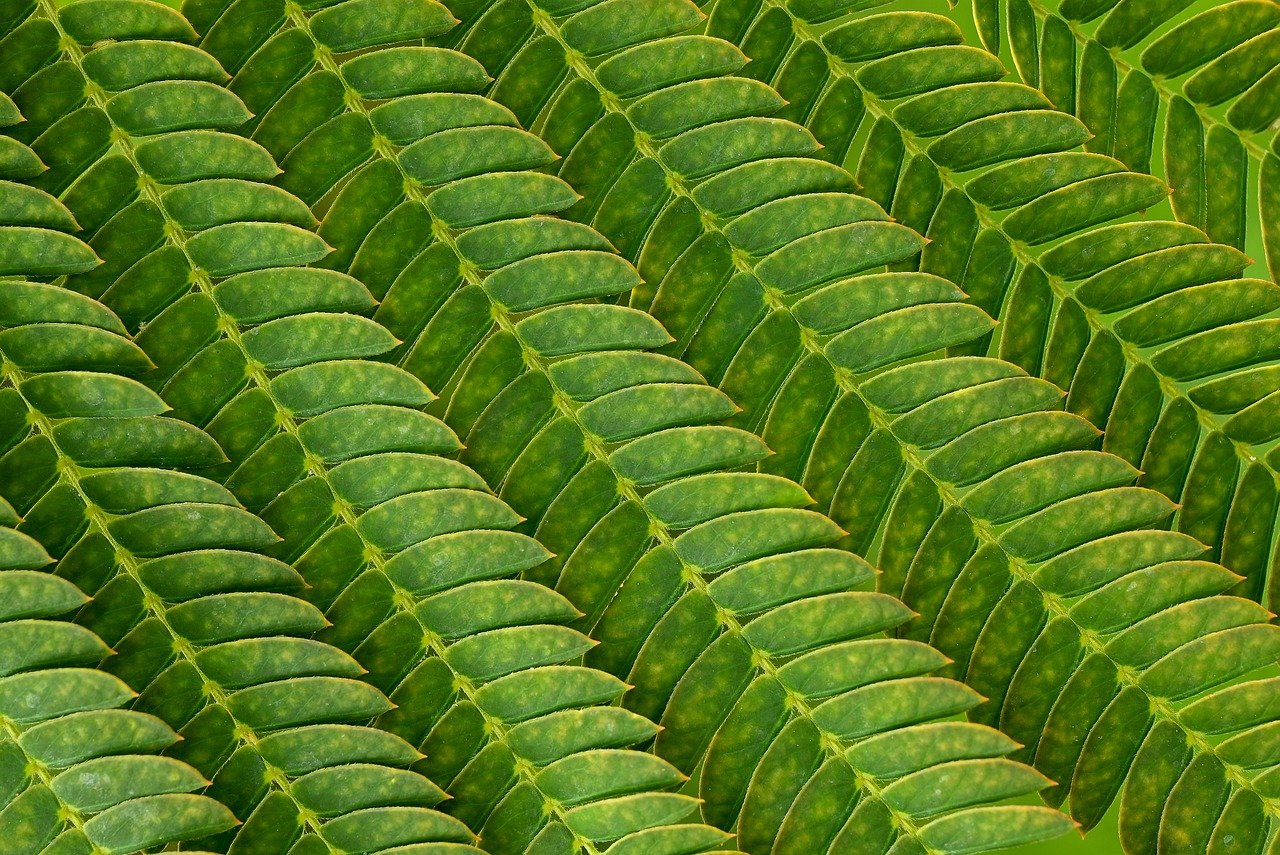
Shade Structures
When the sun blazes down during the hot summer months, having a cozy spot to retreat to can make all the difference. Enter . These clever additions to your garden not only provide immediate relief from the sun but also enhance the overall aesthetic of your outdoor space. Imagine sipping your morning coffee under a beautifully crafted pergola or enjoying an afternoon nap in the cool shade of a gazebo. But how do you choose the right structure for your garden? Let's dive into some fantastic options!
There are various types of shade structures that can transform your garden into a comfortable oasis. From elegant pergolas adorned with climbing vines to sturdy gazebos that can withstand the elements, the choices are plentiful. Each structure offers unique benefits and can be tailored to suit your personal style and the space you have available. For instance, a pergola allows sunlight to filter through while still providing some shade, making it perfect for those who want to enjoy a little light while staying cool. On the other hand, a gazebo offers complete coverage, creating a shaded retreat that can be used for gatherings or quiet reflection.
Additionally, awnings are a fantastic way to create shade on existing structures like patios or decks. These can be retractable, allowing you to control the amount of shade you want at any given time. Imagine hosting a barbecue with friends and having the option to pull out an awning when the sun gets too intense. It’s all about maximizing comfort while enjoying the great outdoors!
Now that we’ve established the importance of shade structures, let’s talk about materials. Selecting the right materials is crucial for ensuring that your shade structure lasts for years to come. You want something that can withstand the elements while still looking great. Below are some popular materials to consider:
| Material | Durability | Maintenance | Cost |
|---|---|---|---|
| Wood | Moderate | High (requires regular treatment) | Varies |
| Metal | High | Low (usually rust-resistant) | Higher initial cost |
| Fabric | Low to Moderate | Moderate (depends on type) | Varies |
As you can see, each material comes with its own set of advantages and disadvantages. For instance, while wood provides a natural look that many homeowners love, it requires regular maintenance to keep it looking good. Metal structures, on the other hand, can be more durable and require less upkeep, but they might not fit every aesthetic. Think about your climate, how much maintenance you’re willing to do, and of course, your budget.
When deciding between wood and metal, consider your personal style and the overall theme of your garden. Wood structures offer a rustic charm and can blend seamlessly with natural surroundings. They can be painted or stained to match your decor, but remember that they may need to be treated periodically to prevent rot and insect damage.
Metal structures, such as aluminum or steel, lend a modern touch to your garden. They are often powder-coated to prevent rust, making them a low-maintenance option. However, they can sometimes feel a bit too industrial for a homey garden. Ultimately, the choice between wood and metal comes down to your personal preference and the look you want to achieve.
For those looking to add a softer touch to their shade structures, fabric options like shade sails and canopies are excellent choices. These fabrics come in a variety of colors and patterns, allowing you to customize your outdoor space. When selecting fabric, consider options that provide UV protection and are durable enough to withstand wind and rain. Look for materials like polyester or acrylic, which are known for their strength and resistance to fading.
In conclusion, shade structures are a fantastic way to enhance your garden while providing comfort from the sun. Whether you choose a pergola, gazebo, or awning, the right structure can transform your outdoor space into a serene retreat. So, what are you waiting for? Start planning your shade oasis today!
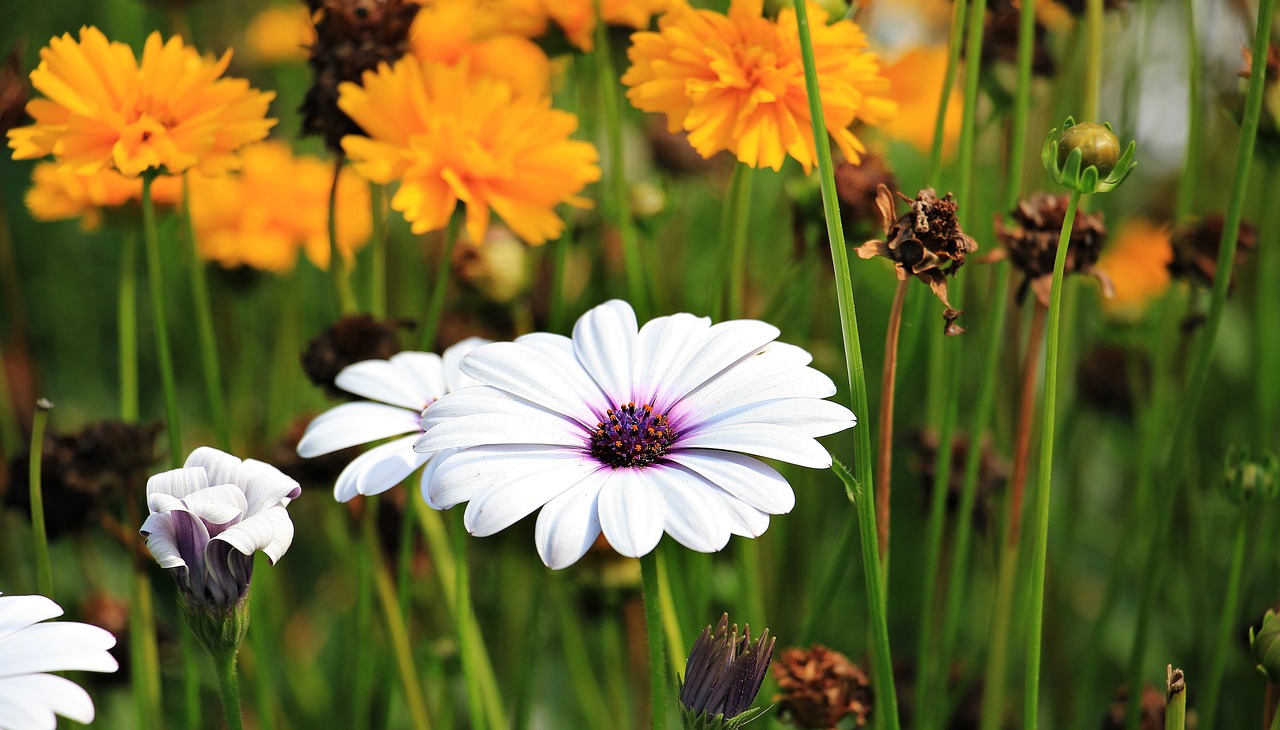
Choosing the Right Materials
When it comes to creating shade structures in your garden, is essential for ensuring durability, aesthetic appeal, and functionality. The materials you select will not only determine how long your structure lasts but also how well it performs under various weather conditions. For instance, if you live in an area with heavy rainfall or strong winds, opting for sturdy materials is crucial. On the other hand, if you’re in a region that’s predominantly sunny, you might prioritize materials that offer excellent UV protection.
Let’s dive into some of the most popular materials you can consider:
- Wood: A classic choice, wood offers a natural look that blends beautifully with garden landscapes. However, it requires regular maintenance to prevent rot and insect damage. Pressure-treated wood or cedar are excellent options due to their resistance to decay.
- Metal: If you’re looking for durability, metals like aluminum or steel are fantastic choices. They can withstand harsh weather conditions and often require less maintenance than wood. Plus, they can be painted or powder-coated to match your garden's aesthetic.
- Fabric: Shade sails and canopies made from high-quality fabric can provide excellent UV protection while adding a splash of color to your garden. Look for fabrics that are specifically designed for outdoor use, as they will be more resistant to fading and wear.
Additionally, it's important to consider the environmental impact of your materials. Opting for sustainably sourced wood or recyclable metals can make your garden not only beautiful but also eco-friendly. You might also want to think about the cost of materials versus their longevity. Sometimes, investing a little more upfront can save you money in the long run by reducing the need for repairs or replacements.
In conclusion, the right materials can make a significant difference in the overall success of your shade structures. Take the time to evaluate your options based on your specific needs and preferences. Whether you choose the timeless appeal of wood, the strength of metal, or the versatility of fabric, your garden will surely benefit from the comfort and beauty that well-chosen materials can provide.
Here are some common questions regarding the choice of materials for shade structures:
- What is the most durable material for a shade structure?
Metal, particularly aluminum and steel, is often the most durable choice, as it can withstand harsh weather conditions without warping or rotting.
- How often should I maintain my wooden shade structure?
Regular maintenance is key. Check for signs of rot or insect damage at least once a year and apply wood preservative as needed.
- Can I use regular fabric for shade sails?
It's best to use outdoor-specific fabrics for shade sails, as they are designed to resist fading and wear from UV exposure.

Wood vs. Metal
When it comes to constructing shade structures in your garden, the choice between wood and metal can significantly impact both the aesthetics and functionality of your outdoor space. Each material has its own unique set of advantages and disadvantages, and understanding these can help you make an informed decision that aligns with your style and practical needs.
Wood is often favored for its natural beauty and warmth. It blends seamlessly into garden landscapes, providing a rustic charm that many homeowners adore. However, wood requires regular maintenance to combat issues like rot, termites, and weathering. If you decide to go with wood, consider using pressure-treated varieties or naturally durable species like cedar or redwood. These options not only enhance longevity but also add an appealing aroma and aesthetic to your garden.
On the other hand, metal structures, such as those made from aluminum or steel, offer a modern and sleek look that can elevate your garden's design. Metal is often more durable than wood, requiring less maintenance over time. It can withstand harsh weather conditions, making it a practical choice for those living in areas with extreme climates. However, metal can be prone to rust if not properly treated, especially in humid environments, so it's essential to choose high-quality, rust-resistant materials.
To help you visualize the differences, here’s a quick comparison:
| Feature | Wood | Metal |
|---|---|---|
| Maintenance | High (requires regular treatment) | Low (minimal upkeep) |
| Aesthetic | Natural, warm | Modern, sleek |
| Durability | Moderate (can rot or be damaged by pests) | High (resistant to weather when treated) |
| Cost | Varies (can be expensive for high-quality wood) | Varies (usually more affordable for basic designs) |
Ultimately, the choice between wood and metal for your shade structure boils down to personal preference and specific garden needs. If you love the idea of a cozy, natural look and are willing to invest the time for upkeep, wood could be your best bet. Conversely, if you prefer a low-maintenance, contemporary design, metal might just be the way to go. Whichever material you choose, ensure that it complements the overall theme of your garden while providing the necessary shade and comfort.
As you weigh your options, consider how each material will interact with the surrounding environment. For instance, a wooden pergola surrounded by lush greenery can create a serene oasis, while a sleek metal gazebo can serve as a striking focal point against a backdrop of colorful flowers. The right choice will not only enhance your garden’s aesthetic but also provide a comfortable retreat from the sun.
Q: Which material lasts longer in outdoor conditions?
A: Generally, metal structures last longer due to their resistance to weathering and pests. However, treated wood can also be durable with proper maintenance.
Q: Is wood more expensive than metal?
A: The cost can vary significantly based on quality and design. High-quality wood can be more expensive, while basic metal structures are often more affordable.
Q: Can I paint or stain metal structures?
A: Yes, you can paint or powder-coat metal structures to match your garden's theme, but ensure that the coatings are suitable for outdoor use.
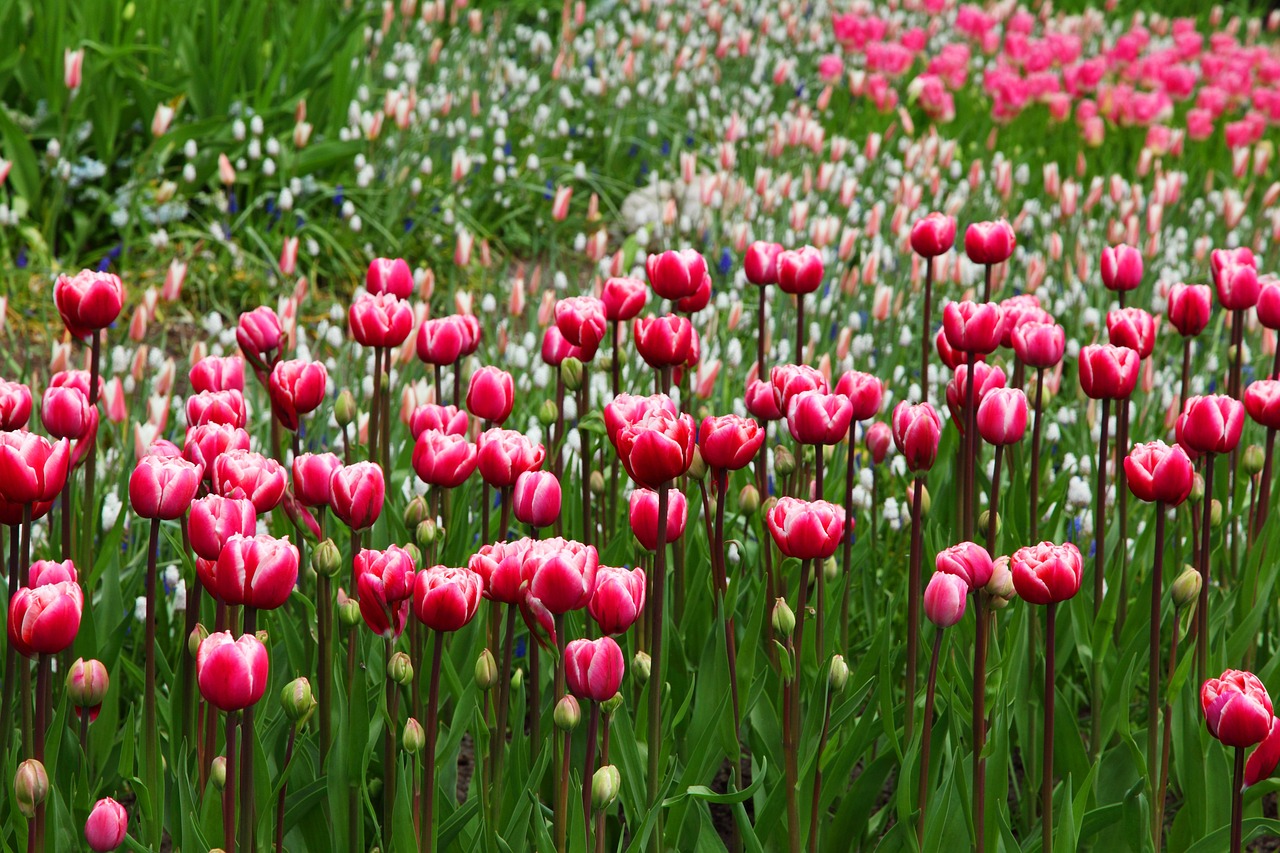
Fabric Options
When it comes to creating shade in your garden, the choice of fabric can make a significant difference not only in functionality but also in aesthetics. The right fabric can provide effective UV protection while enhancing the overall look of your outdoor space. There are several fabric options available, each with its unique benefits and characteristics. Let’s dive into some of the best choices for shade sails and canopies that can transform your garden into a cool retreat.
One popular option is mesh fabric, known for its breathability and durability. This fabric allows air to circulate, which helps to reduce heat build-up underneath the shade. It's perfect for those hot summer days when you want to enjoy your garden without feeling like you're in an oven. Plus, mesh fabrics come in a variety of colors and patterns, allowing you to match your garden's aesthetic.
Another excellent choice is polyester fabric, which is often coated with a UV-resistant layer. This type of fabric is not only lightweight but also quite strong, making it suitable for varying weather conditions. Polyester is easy to clean and maintain, which is a plus for busy gardeners who want to keep their outdoor space looking pristine without too much hassle.
If you're looking for something more robust, consider canvas fabric. Known for its heavy-duty nature, canvas is perfect for permanent structures. It offers excellent sun protection and is resistant to tearing, making it a great long-term investment. However, keep in mind that canvas can be a bit heavier, so ensure your structure can support it adequately.
Lastly, acrylic fabrics are gaining popularity due to their vibrant colors and excellent fade resistance. They are water-resistant and provide superior UV protection, making them ideal for sunny climates. Acrylic fabrics can maintain their color and strength for years, ensuring your garden remains as beautiful as the day you installed your shade structure.
When choosing the right fabric for your shade solutions, consider factors such as durability, UV protection, and maintenance. Here’s a quick comparison table to help you decide:
| Fabric Type | Durability | UV Protection | Maintenance |
|---|---|---|---|
| Mesh | Moderate | Good | Easy |
| Polyester | Good | Excellent | Easy |
| Canvas | Excellent | Good | Moderate |
| Acrylic | Very Good | Excellent | Easy |
In summary, selecting the right fabric for your shade structures can greatly impact both their functionality and appearance. Whether you opt for mesh, polyester, canvas, or acrylic, each option has its advantages that cater to different needs and preferences. So, take your time to evaluate your options, and don’t hesitate to mix and match to create a unique look that suits your garden perfectly.
Q1: What is the best fabric for shade sails?
A1: The best fabric for shade sails typically includes UV-resistant materials like polyester or acrylic, as they provide excellent protection from the sun while being durable.
Q2: How do I maintain my shade fabric?
A2: Maintenance varies by fabric type, but generally, you should clean your shade fabric regularly with mild soap and water, and ensure it is dry before storing it away for the season.
Q3: Can I use regular outdoor fabric for shade structures?
A3: While some outdoor fabrics may offer some level of UV protection, it's best to use specifically designed shade fabrics to ensure maximum effectiveness and longevity.
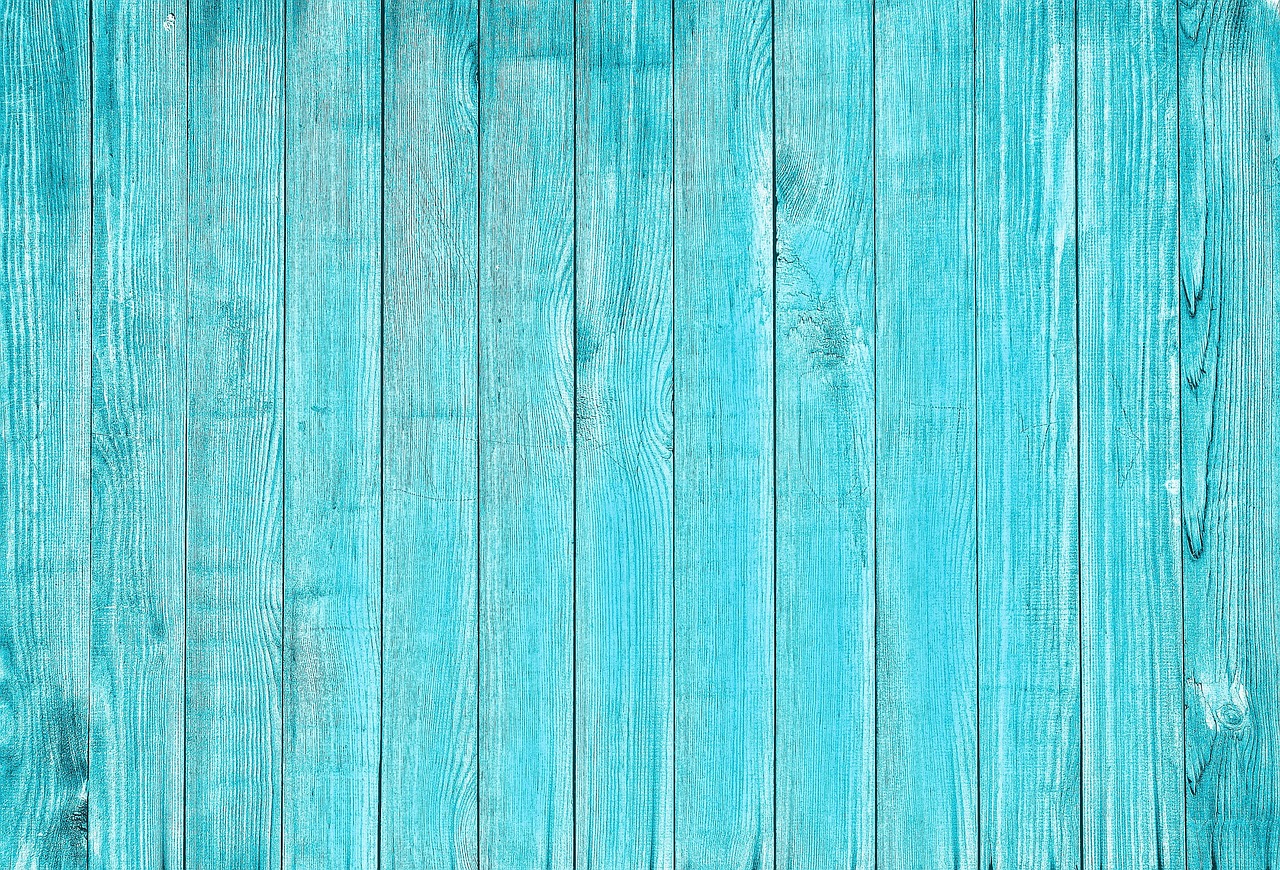
Design Ideas for Shade Structures
When it comes to designing shade structures, creativity is your best friend. Imagine transforming your garden into a cozy retreat where you can escape the harsh sun while enjoying the beauty of nature. There are numerous design ideas that can elevate your outdoor space, making it not just functional but also aesthetically pleasing. One popular option is to create a pergola. These open-roofed structures allow dappled sunlight to filter through while providing a sense of enclosure. You can enhance the look by adding climbing plants like wisteria or grapevines, which will eventually create a lush, green canopy.
Another fantastic idea is to incorporate a gazebo. Unlike pergolas, gazebos offer full coverage, making them perfect for hosting gatherings or simply relaxing with a good book. You can choose from various styles, whether you prefer a classic wooden gazebo or a modern metal design. Adding curtains or roll-down shades can provide extra protection from the sun while giving you the option to enjoy a breeze on warmer days.
If you're looking for something more temporary, consider using a shade sail. These are versatile and can be installed at various angles to create unique shapes in your garden. Made from durable, UV-resistant fabric, shade sails can be a stylish addition to any outdoor space. You can choose bright colors to make a bold statement or earthy tones for a more subtle look. The best part? They can be easily removed or adjusted based on the season or your needs.
For those who appreciate a bit of whimsy, think about creating a canopy of lights over your seating area. String lights draped across a series of poles or trees can create an enchanting atmosphere in the evenings while providing a bit of shade during the day. This design is perfect for entertaining guests or enjoying a quiet evening under the stars.
Lastly, don't overlook the use of natural materials in your shade structure designs. Bamboo, for instance, is not only eco-friendly but also adds a tropical feel to your garden. You can create a rustic shade structure by weaving bamboo poles together or using them as vertical supports for a more elaborate design. Pairing natural elements with modern touches can create a beautiful contrast that enhances the overall aesthetics of your outdoor space.
Incorporating these design ideas into your garden will not only provide much-needed relief from the sun but also enhance the overall ambiance of your outdoor area. The right shade structure can make your garden a perfect spot for relaxation, family gatherings, and enjoying the beauty of nature, no matter the time of day.
- What is the best material for a pergola? Wooden pergolas are classic and can be stained to match your home, while metal options are more durable and require less maintenance.
- How can I make my shade sail last longer? Ensure it is installed at the correct angle to allow rainwater to run off, and take it down during extreme weather conditions.
- Can I grow plants on my shade structure? Absolutely! Climbing plants can add beauty and additional shade to structures like pergolas and trellises.
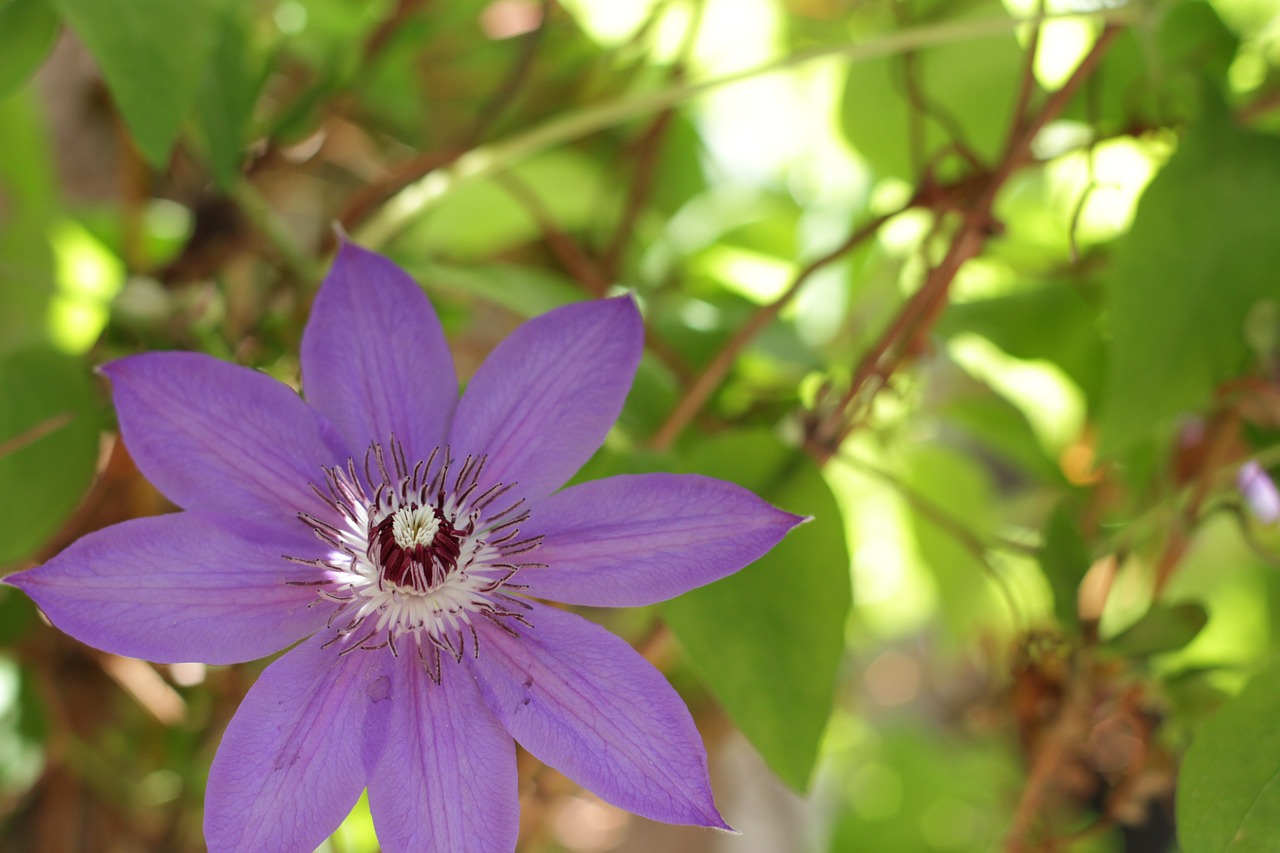
Using Shade Plants
Creating a vibrant garden in shaded areas might seem like a daunting task, but fear not! There are numerous shade-loving plants that can thrive even in the dimmest corners of your garden. These plants not only beautify your space but also provide a lush, tranquil atmosphere that can transform any outdoor area into a serene retreat. Imagine stepping into your garden and being enveloped by a cool, green oasis where the hustle and bustle of daily life fades away. Sounds dreamy, right?
When selecting plants for shaded areas, it’s essential to consider their specific needs and how they will interact with their environment. Some plants prefer partial shade, while others can thrive in full shade. Understanding these nuances will help you create a harmonious garden that flourishes. Here are a few categories of shade plants to consider:
- Flowering Plants: These beauties can add a splash of color to your shaded spots, making them pop with vibrancy.
- Foliage Plants: While they might not bloom, their lush leaves can create a rich tapestry of greens, adding texture and depth to your garden.
Let’s dive a bit deeper into these categories. First up, flowering plants! Some of the best options for shaded areas include Astilbe, Bleeding Heart, and Hostas. These plants not only tolerate low light but also offer stunning blooms that can breathe life into your garden. For instance, Astilbe produces feathery plumes in shades of pink, white, and red, creating a delightful contrast against the deep greens of surrounding foliage.
On the other hand, foliage plants like Ferns, Heuchera, and Japanese Forest Grass can provide an entirely different aesthetic. Their varied textures and shades of green can make even the shadiest spots feel inviting and lush. For example, ferns can create a soft, feathery look that dances in the breeze, while Heuchera offers a stunning array of leaf colors, from deep purples to bright lime greens.
To make your selection even easier, here’s a simple comparison table highlighting some popular shade plants and their characteristics:
| Plant Name | Type | Light Requirements | Bloom Time |
|---|---|---|---|
| Astilbe | Flowering | Partial to Full Shade | Summer |
| Bleeding Heart | Flowering | Partial Shade | Spring to Early Summer |
| Hostas | Flowering | Partial to Full Shade | Summer |
| Ferns | Foliage | Full Shade | N/A |
| Heuchera | Foliage | Partial Shade | N/A |
| Japanese Forest Grass | Foliage | Partial Shade | N/A |
Incorporating these plants into your garden design can significantly enhance the visual appeal and functionality of shaded areas. Remember, the key is to mix and match different types of plants to create a layered, textured look that draws the eye and invites exploration. So, why not take that plunge? Your garden deserves to be just as beautiful in the shade as it is in the sun!
Q: Can I grow vegetables in shaded areas?
A: While most vegetables prefer full sun, some, like lettuce and spinach, can tolerate partial shade. It's all about choosing the right varieties!
Q: How do I know if a plant is suitable for my garden's light conditions?
A: Check the plant's label or do a bit of research online to understand its light requirements. Most plants will indicate whether they thrive in full sun, partial shade, or full shade.
Q: How can I maintain shade plants during hot weather?
A: Ensure your shaded plants receive adequate moisture, as they may still require watering even in cooler areas. Mulching can also help retain moisture and keep roots cool.
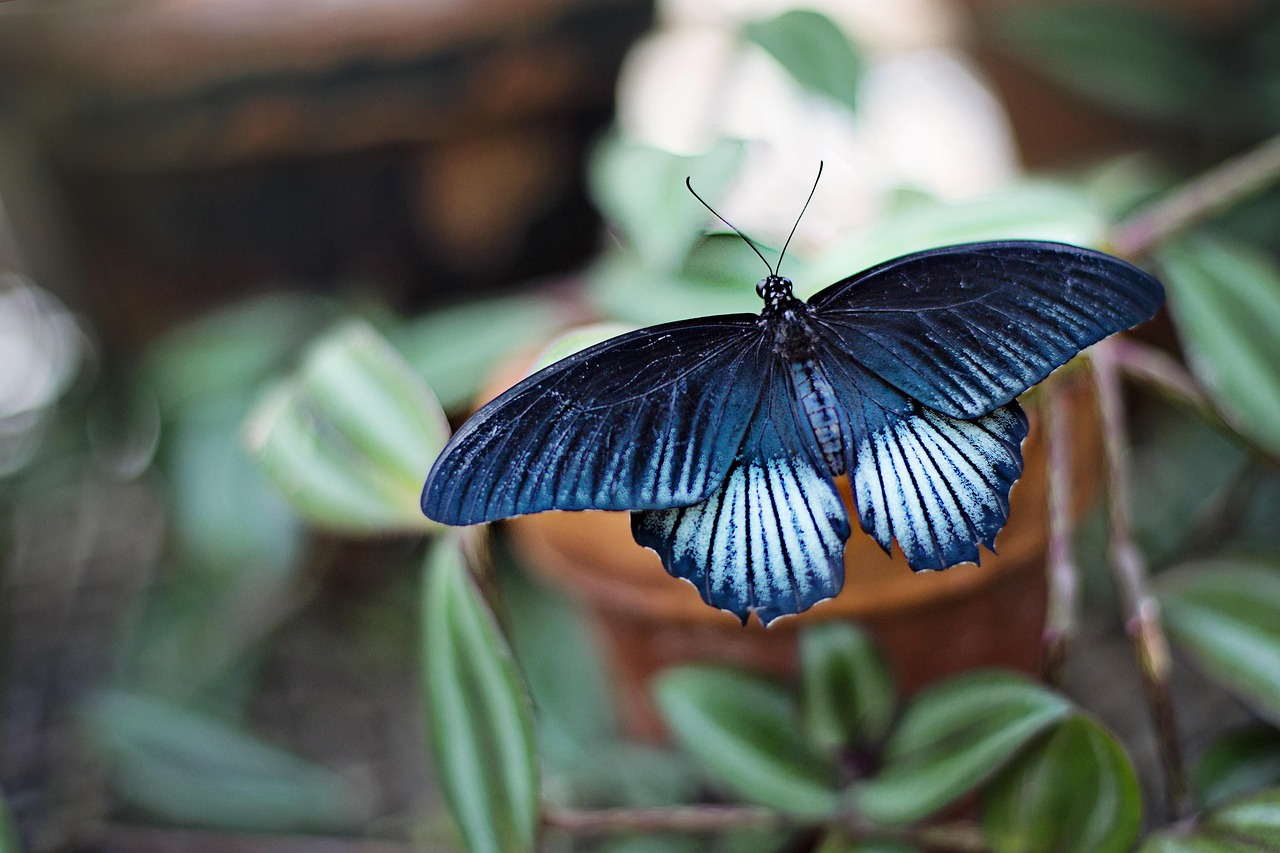
Flowering Plants for Shade
When it comes to creating a vibrant and inviting garden, flowering plants that thrive in shaded areas can be a game-changer. Imagine stepping into your garden and being greeted by a burst of color, even in the dimmest corners. These plants not only bring beauty but also add life to spaces that might otherwise feel dull and lifeless. So, what are some of the best flowering plants for shade that can turn your garden into a floral paradise?
First up, we have the Astilbe. This perennial is a true champion of the shade garden, boasting feathery plumes of flowers in shades of pink, white, and red. Astilbe thrives in moist, well-drained soil and prefers partial to full shade. They can grow up to 3 feet tall, creating a stunning backdrop for lower-growing plants. Pair them with hostas for a lush, layered look, and you’ll have a garden that feels both rich and inviting.
Next on the list is the Bleeding Heart (Dicentra spectabilis), known for its unique heart-shaped flowers that dangle gracefully from arching stems. These plants flourish in partial shade and can add a whimsical touch to any garden. Their soft pink and white flowers bloom in early spring and last through early summer, providing a lovely contrast against the rich green foliage. Imagine the delight of spotting these charming blooms peeking through the leaves!
Another fantastic option is the Columbine. With their distinctive, spurred flowers and delicate appearance, columbines can add a touch of elegance to shaded areas. They come in a variety of colors, including blue, yellow, and red, making them versatile for different garden aesthetics. Planting them in a mix with other shade-loving perennials can create a stunning tapestry of color, ensuring that your garden remains vibrant throughout the growing season.
For those looking for something a bit different, consider the Toad Lily (Tricyrtis). This unique plant produces exotic-looking flowers that resemble orchids and thrive in the shade. They bloom in late summer to fall, adding interest to your garden when many other plants have finished flowering. Toad lilies are hardy and can tolerate a range of soil conditions, making them a reliable choice for shaded spots.
Lastly, let’s not forget about the classic Japanese Anemone. These perennial plants produce elegant, cup-shaped flowers that sway gently in the breeze. They bloom in late summer and fall, offering a lovely contrast to the earlier bloomers in your shade garden. Japanese anemones prefer partial shade and can spread over time, creating a lovely carpet of flowers that will draw the eye and lift the spirits.
Incorporating these flowering plants into your shaded garden areas not only enhances the visual appeal but also promotes a healthy ecosystem. They attract pollinators like bees and butterflies, which are essential for a thriving garden. When selecting your plants, consider their specific light and moisture requirements to ensure they flourish in their new home.
To help you visualize the beauty and variety of flowering plants suitable for shady areas, here’s a quick comparison table:
| Plant Name | Flower Color | Height | Bloom Time |
|---|---|---|---|
| Astilbe | Pink, White, Red | 2-3 ft | Summer |
| Bleeding Heart | Pink, White | 1-3 ft | Spring to Early Summer |
| Columbine | Blue, Yellow, Red | 1-3 ft | Spring to Early Summer |
| Toad Lily | White, Purple, Yellow | 2-3 ft | Late Summer to Fall |
| Japanese Anemone | White, Pink | 2-4 ft | Late Summer to Fall |
In conclusion, flowering plants for shade are essential for creating a lively and colorful garden. By choosing the right varieties, you can cultivate a space that thrives even in low-light conditions. So, roll up your sleeves and start planting—your garden will thank you!
- What are the best flowering plants for full shade? - Plants like Astilbe, Bleeding Heart, and Toad Lily thrive in full shade.
- How much sunlight do shade-loving plants need? - Shade-loving plants typically prefer partial to full shade, receiving less than 4 hours of direct sunlight.
- Can I plant flowering plants under trees? - Yes, many flowering plants can thrive under trees as long as they receive enough moisture and the soil is suitable.
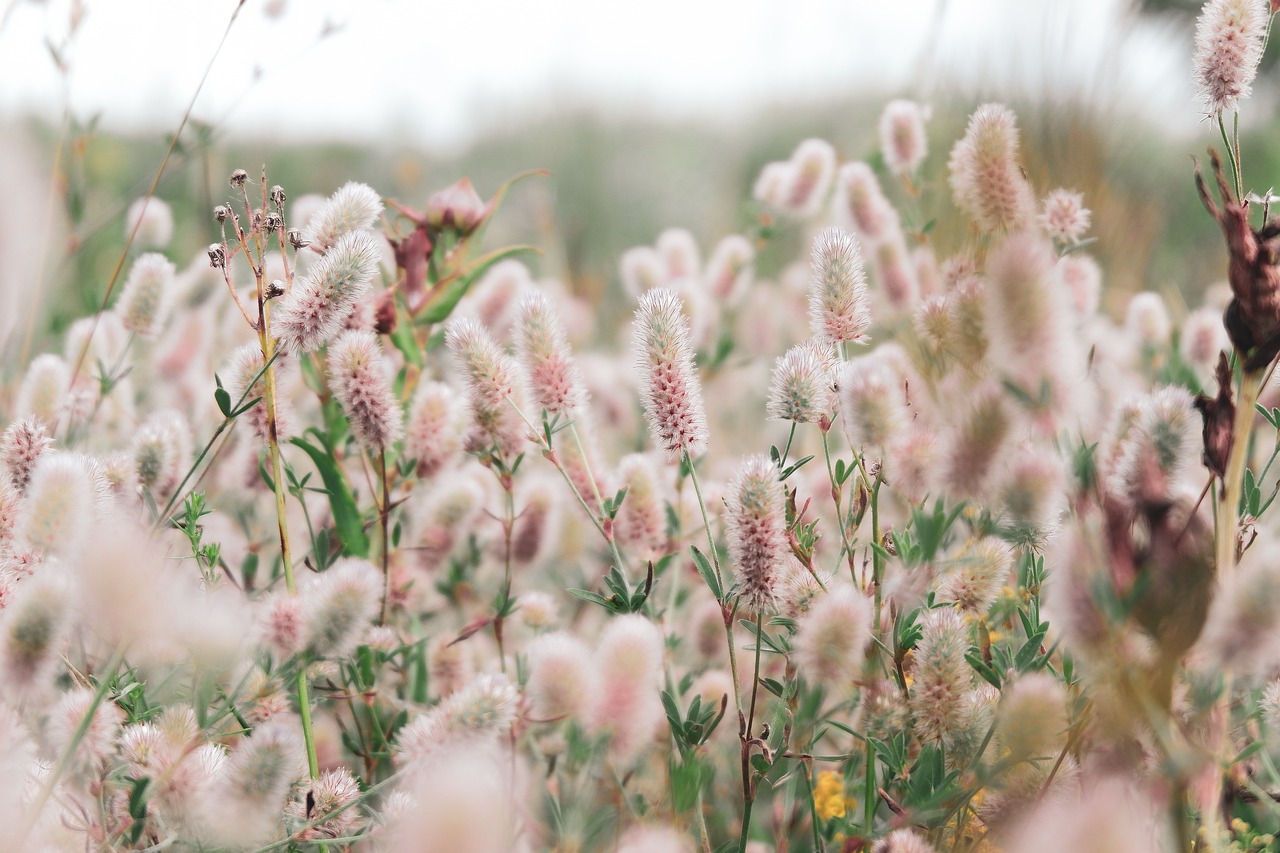
Foliage Plants for Texture
When it comes to creating a stunning garden, incorporating foliage plants is essential for adding depth and texture. These plants not only enhance the visual appeal of shaded areas but also create a lush environment that invites you to relax and enjoy your outdoor space. Imagine walking through a garden where the leaves dance gently in the breeze, casting intricate shadows on the ground. That's the magic of foliage plants!
One of the most significant advantages of foliage plants is their ability to thrive in low-light conditions, making them perfect for shaded areas under trees or beside structures. They come in various shapes, sizes, and colors, allowing you to create a rich tapestry of greens and other hues. For instance, the Japanese fern is a fantastic choice for adding a feathery texture, while the hosta offers broad leaves that can create a dramatic contrast against finer-leaved plants.
To help you choose the right foliage plants for your garden, consider the following popular options:
- Ferns: These graceful plants thrive in shade and come in various species, such as the Boston fern or the Maidenhair fern, which add a soft, romantic touch.
- Heuchera: Known for their vibrant foliage colors ranging from deep purple to bright lime green, these plants can brighten up even the shadiest corners of your garden.
- Brunnera: Commonly referred to as false forget-me-nots, these plants produce heart-shaped leaves that are a striking addition to any shaded area.
- Caladium: With their large, colorful leaves, caladiums can serve as focal points in your garden, providing a burst of color amidst the greenery.
When planning your garden layout, think about how these plants can complement each other. For example, pairing the delicate fronds of ferns with the bold leaves of hostas can create a dynamic contrast that keeps the eye moving. Additionally, consider the height and spread of each plant; layering taller plants behind shorter ones can add depth and dimension to your garden beds.
Moreover, foliage plants can also play a vital role in improving the overall health of your garden. By providing ground cover, they help prevent soil erosion and retain moisture, ensuring that your garden remains vibrant even during dry spells. Plus, their dense foliage can serve as a natural habitat for beneficial insects, contributing to a balanced ecosystem.
In conclusion, incorporating foliage plants into your garden design not only enhances the aesthetic appeal but also promotes a healthy and thriving environment. With a little creativity and planning, you can transform shaded areas into lush retreats that invite relaxation and enjoyment. So, why not start exploring the wonderful world of foliage plants today? Your garden will thank you!
Q: What are the best foliage plants for deep shade?
A: Some excellent options for deep shade include ferns, hostas, and astilbes. These plants thrive in low-light conditions and can add beautiful texture to your garden.
Q: How can I create a layered effect with foliage plants?
A: To create a layered effect, plant taller foliage plants at the back of your garden bed and shorter ones in the front. This arrangement allows for better visibility and creates a more dynamic look.
Q: Are there any foliage plants that also produce flowers?
A: Yes! Many foliage plants, such as heuchera and caladium, produce beautiful flowers in addition to their stunning leaves, providing both color and texture in your garden.
Frequently Asked Questions
- What are the best trees for creating shade in my garden?
When it comes to creating natural shade, some of the best trees include maples, oaks, and willows. These trees not only provide ample shade but also enhance the beauty of your garden with their stunning foliage. Consider their mature size and growth rate when planting to ensure they fit well in your space.
- How can I build a shade structure in my backyard?
Building a shade structure can be a fun project! Start by selecting a design that suits your style—think pergolas, gazebos, or simple awnings. Gather the necessary materials, such as wood or metal, and follow a reliable plan or tutorial. Don't forget to secure it well to withstand wind and weather!
- What materials are best for constructing shade structures?
Choosing the right materials is crucial for durability. Wood offers a natural look but requires maintenance, while metal is sturdy and low-maintenance. For fabric options, look for UV-resistant materials that can withstand the elements. Each choice has its pros and cons, so weigh them based on your needs!
- Which plants thrive in shaded areas?
There are plenty of plants that love the shade! Some great options include hostas, ferns, and astilbes. These plants not only survive but thrive in low-light conditions, adding vibrant colors and textures to your garden. They’re perfect for those tricky spots where sunlight is scarce!
- Can I use flowering plants in shaded areas?
Absolutely! Many flowering plants can flourish in the shade, bringing life to your garden. Consider options like bleeding hearts and columbines. They can add beautiful pops of color and attract pollinators, making your shaded garden a lively and inviting space.
- How do I maintain my shade plants?
Maintaining shade plants is relatively easy! Ensure they receive adequate water, especially during dry spells. Regularly check for pests and disease, and consider mulching to retain moisture and suppress weeds. With a little care, your shade plants can thrive and continue to beautify your garden!



















